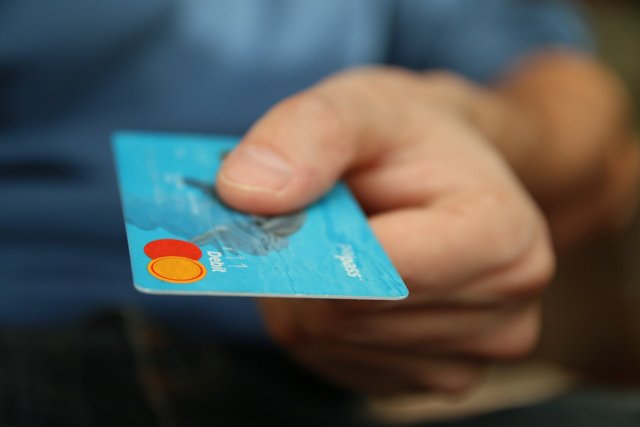DeFi, the technology for tomorrow

Imagine you wake up tomorrow and get ready for work. On the way, you decide to grab a coffee from a store.
"That'll be 5 DIA", the cashier says, and you quickly send the amount via your phone and get on your way.
Over the day, every transaction you do, small and large, is done without the intervention of banks, the Government, nothing. There are no middlemen when you buy a coffee. There are no middlemen when your receive your salary. No one can prevent you from taking a loan because your credit score is too low, no bank can freeze your funds, or deduct an arbitrary amount due to "charges".
While my story does seem a little futuristic if you're unacquainted with DeFi, this idea of "Decentralised Finance" is not too far off. We'll explore the beauty of DeFi in this article, together.
I hope you enjoy reading this as much as I did writing it.
I've always considered DeFi to be a perfect (if coincidental) acronym for 'DeFiance of centralisation'.
🐉 Problems with Centralisation
Before we touch on the problems DeFi solves, it is important to understand the problem with centralisation.
Consider that you need a loan, a real-world bank will likely assess your credit score, your past history of loans, and so on before lending to you.
The bank doesn't really care about your needs; if they feel you can't pay back the loan, they will not lend to you.
With CeFi (centralised finance), you rest the power of controlling your transactions with centralised organisations that are usually profit-oriented. You are trusting the organisation that they will help, rather than exploit you.
💎 The great DeFiance

Photo by Markus Spiske from Pexels
If centralisation is so bad, how do we decentralise?
This is (was) not an easy question to answer, mainly because of technical bottlenecks. Being able to maintain shared state across thousands of workers is a daunting task, and there are many edge-cases to solve.
🎲 Enter Blockchain
It is impossible to talk about DeFi without acknowledging Blockchains.
While we don't go too in depth, a blockchain is essentially a list of blocks that are chained together. These blocks contain the actual information about transactions.
Note that the word 'transaction' does not imply only financial aspects! A transaction can be anything, such as a blog post (steem 🙌) , or even game data!
The cementing idea behind blockchains is that they are irreversible—once you have a transaction broadcasted to enough workers, you cannot take back the transaction. This makes blockchains perfect for finance, because it prevents anyone from cheating the system by erasing transactions.
💵 Finance, minus trust
When you use DeFi, you are taking away trust from organisations and putting it into blockchain code (which is audited by thousands of eyes). When you buy a coffee, you trust the blockchain instead of your bank; something I'd do any day.
The core principle of DeFi is being able to do everyday things without having a centralised authority hindering you.
DeFi will enable you to take loans, lend to others, buy items online, send money, all without trusting single entity; can it get any better?
🚀 The future

Photo by Gratisography from Pexels
DeFi is still in its embryonic stage. In my opinion, the biggest threat to its growth is very high fragmentation. There are thousands of cryptocurrencies that feature 'DeFi' and each of these are diluting the market.
To make DeFi mainstream, we will need a single, prevalent cryptocurrency that everyone uses. DeFi is NOT the future if you need to hold multiple different cryptocurrencies to pay different people.
Also, accessibility is a concern. If DeFi wants to be the future, it must be as accessible to the people as cash and credit cards. DeFi is no good if only a few people have access to it.
Finally, when using DeFi we must understand that trust is not eliminated completely. You end up trusting the blockchain code to not have bugs and backdoors, humans make mistakes and bugs do occur. As a DeFi user, you must be careful to use only well audited cryptocurrencies
Thanks for reading till the end. I hope you enjoyed reading this article as much as I did writing it.
